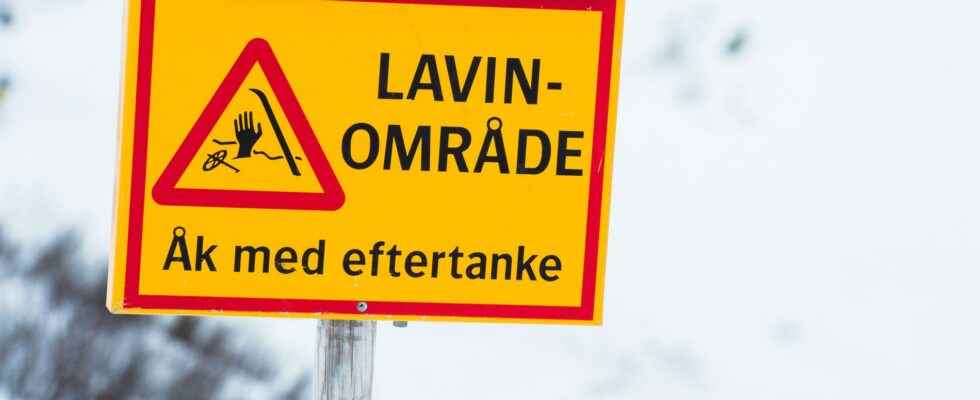Published: Less than 10 min ago
full screen
Next
The risk of avalanches is significant in several mountain areas.
1 of 2 Photo: Erik Nylander/TT
The risk of avalanches is significant in parts of the mountain world. A snow-poor start to the winter means that flats with compact snow can gain speed when the wind picks up.
– Stick to pisted areas or flat slopes, reads the avalanche expert’s best advice.
Just in time for Epiphany, the Swedish Environmental Protection Agency warns of significant avalanche risk in the Southern Lapland Mountains and Western Vindelfjällen. In other mountain areas, the risk is assessed as low at the moment.
– But it is extra difficult this year to assess locally where the risk of avalanches is high, says Mattias Tarestad, avalanche expert at the Swedish Environmental Protection Agency.
The background is that the winter started with very little snow. The weak layer at the bottom has not yet been pushed by heavier snow. And when the snow that is now falling is packed together by the wind, the snowflakes can slide more easily.
Invisible danger
– It doesn’t do it on every slope or slope, but it is difficult to read where the danger is, says Mattias Tarestad.
His first advice to both experienced mountaineers and temporary winter tourists is therefore to stick to pisted slopes or flat terrain when they are in the risk areas. On slopes where the slope is less than 25 or maybe 30 degrees, no avalanches start.
– It can be boring not to go off-piste on steep slopes, but this danger is invisible to the eye. It could be the off-piste skier who starts an avalanche. And even small avalanches can do great damage when the snow cover is thin.
Hire a mountain guide
Mattias Tarestad also reminds that the basis for a safe stay in the mountains is to be aware of the risks:
– Hire a local guide if you want to get out on the mountain and do not have sufficient knowledge yourself.
One way to learn more is to attend an avalanche training course. There is the knowledge of how a safe trip can be planned and how to read the terrain.
– Also keep yourself informed before you go out. Read our avalanche forecast and follow the weather forecast. You may need to adapt your activities to the conditions. And always be prepared to change your plans.
Always have company
Mattias Tarestad advises anyone who wants to venture into the mountain world not to be alone.
– You must always have company. Friends and family you trust. And bring equipment such as extra clothes, another thermos and navigation aids.
During the winter, the Swedish Environmental Protection Agency’s experts publish forecasts for the mountain areas on the agency’s website. The risk of avalanches is indicated on a scale from no risk at all to extreme avalanche danger when it comes to not venturing into the terrain. They are updated every day.
– But avalanches are not the only risk when you go out in the mountains. Be humble and always listen to nature before you go out, says Mattias Tarestad.
Facts
The avalanche scale
5 – Extreme avalanche danger. Avoid all avalanche terrain.
4 – Great avalanche danger. Very dangerous conditions. Any stay in avalanche terrain is not recommended.
3 – Significant avalanche danger. Hazardous conditions. Assess the snow cover and terrain carefully. Be very careful when choosing where and how you ride.
2 – Moderate avalanche danger. Hazardous conditions in parts of the terrain. Carefully assess the snow cover and terrain, identify and avoid the dangerous places.
1 – Slight avalanche danger. Conditions are safe in general. Be aware that the snow can be unstable in individual places in the terrain.
Source: Lavinprognoser.se
Read more
